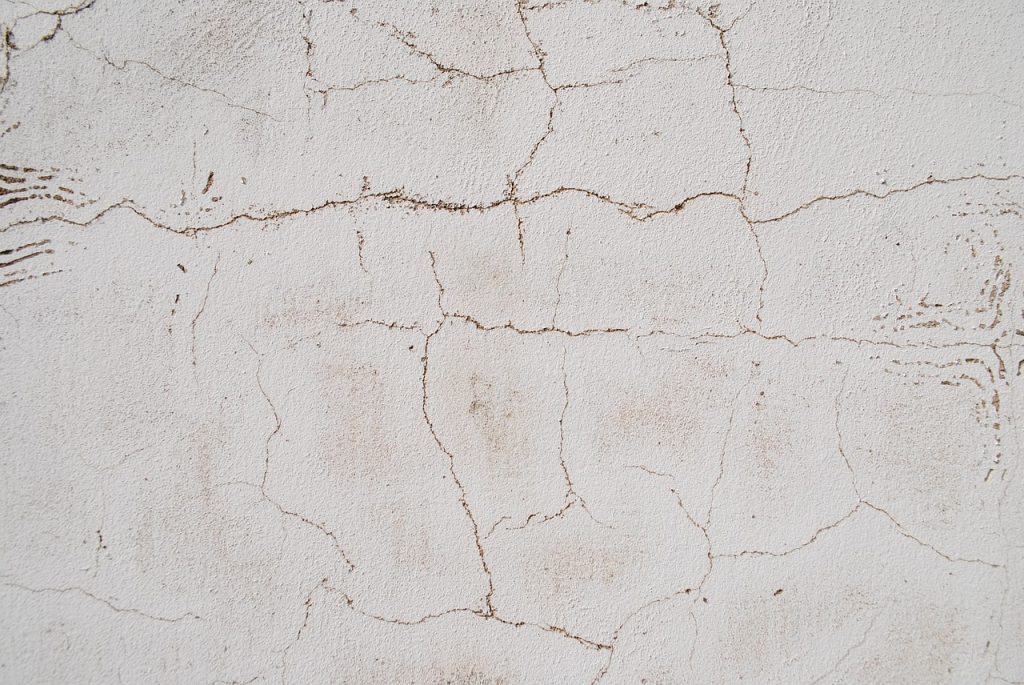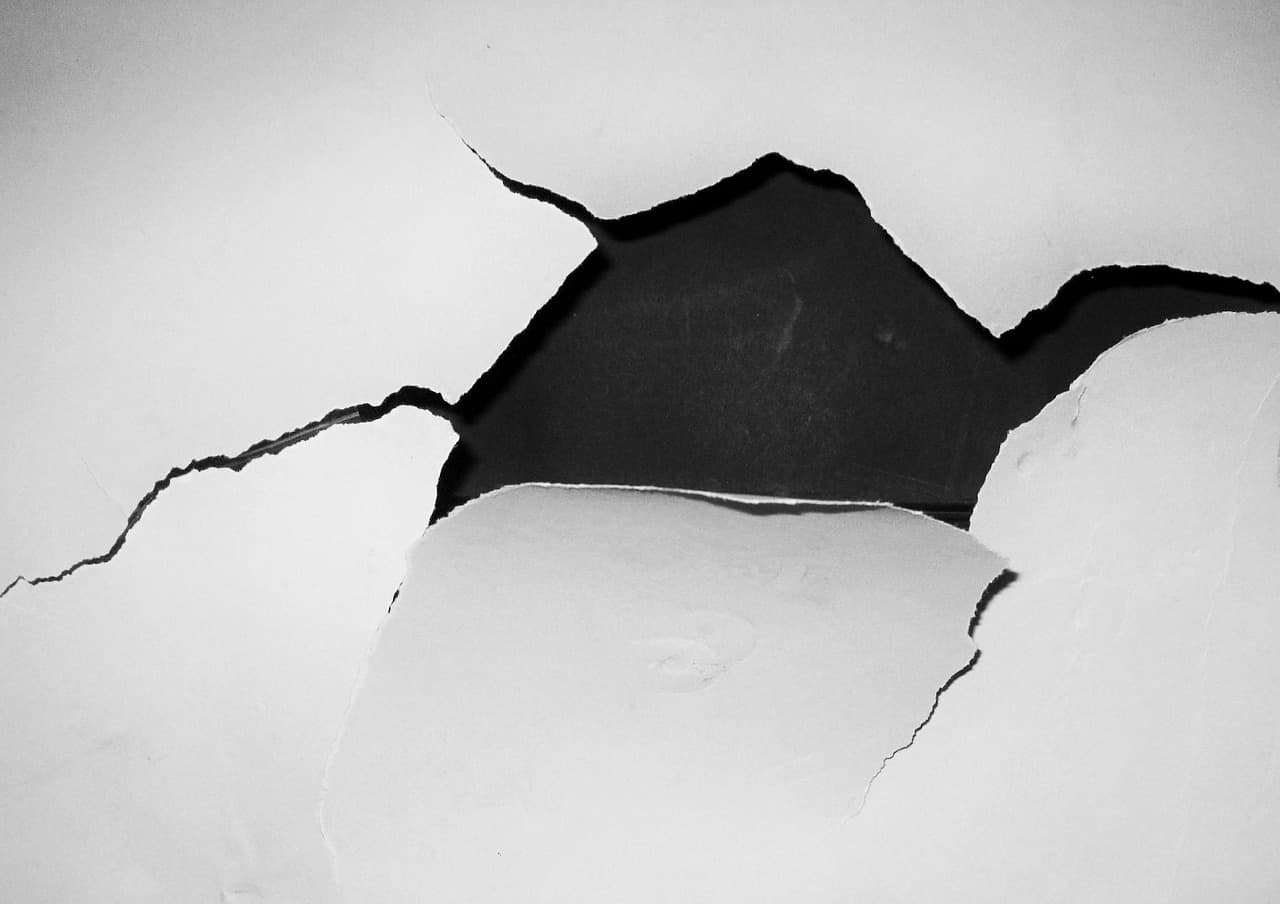A wall crack, whether it’s constructed of drywall, plaster, or concrete, is unsightly. A cracked wall is usually the result of a house’s natural settling over time, and it may be fixed over the weekend. With simple tools and materials from your local home improvement store, you’ll be on your way to a smooth wall in no time. Before repairing the drywall, get your home assessed by a skilled construction specialist if there is significant drywall cracking or surface distortion, or other symptoms of serious settling or potential structural problems.

Epoxy Repair Kit
To fix a concrete wall, you’ll need an epoxy repair kit. The epoxy will build a waterproof seal in the fissure. Begin by partially filling the crack with 3-inch finish nails every 12 inches, which will be used to secure injection ports. Epoxy comes in two parts, A and B, which must be mixed together quickly before use. On a scrap piece of wood, mix equal parts epoxy using a putty knife. Cover each finishing nail on the wall with one port after applying a tiny amount of mixed epoxy to each injection port tab.
Apply a layer of mixed epoxy to the crack, extending 1 inch on both sides. Apply epoxy to the flanges of each injection port as well. To feather the epoxy around the edges, use a paintbrush dipped in mineral spirits. Allow six to ten hours for curing. Inject liquid concrete repair into the ports using a caulk gun, starting at the bottom and working your way up until the liquid flows out. Before moving on to the next port, make sure it’s plugged in. Allow at least five days for the port to cure before hacksawing it flush with the wall.
Fixing – Drywall
Repairing a drywall crack is the simplest of the three wall types you’re likely to come across in your home. Cut a 1/8 inch to 1/4 inch V-notch along the length of the crack with a utility knife. Remove any loose particles with a vacuum. Cover the fracture with mesh joint tape or joint compound and paper tape, then a thin coating of the joint compound that extends 2 inches on either side of the tape. Allow for overnight drying. Lightly sand until the surface is smooth. The wall is primed and ready to be painted or wallpapered.
Use Plaster for Wall Patching
Treat minor plaster cracks with joint compound in the same way that drywall cracks are treated. If the plaster is pulling away from the lath, employ a two-step approach to shore up the wall, which comprises a conditioner spray followed by glue. Begin by drilling holes every three inches along the length of the fissure with a 3/16-inch masonry bit that will penetrate the plaster but not the wood lath. Dust and dirt from the holes should be vacuumed out.
Each hole should be sprayed with an adhesive conditioner. Allow the manufacturer’s recommended dwell time. Inject the adhesive into each hole starting at the bottom of the wall. Using a moist sponge, wipe away any excess adhesive. Attach plaster rings with a drill as soon as possible to pull the plaster taut against the wall. Allow curing according to the manufacturer’s recommendations. Remove the plaster rings from the mold. Apply a coat of joint compound to the holes and the original crack. Apply a second application of joint compound after lightly sanding.
Structural Damage Symptoms
Concrete walls, particularly those that support a foundation, are load-bearing walls. Although minor cracks can be repaired, significant fissures can indicate a lack of structural integrity. A horizontal crack that runs the length of a wall and bulges is an indication of significant damage. This type of crack should only be repaired by a professional.



Mujhe dealership lena hai pls call me 91551157875
Putty lene hai
apna mobile number dijiye